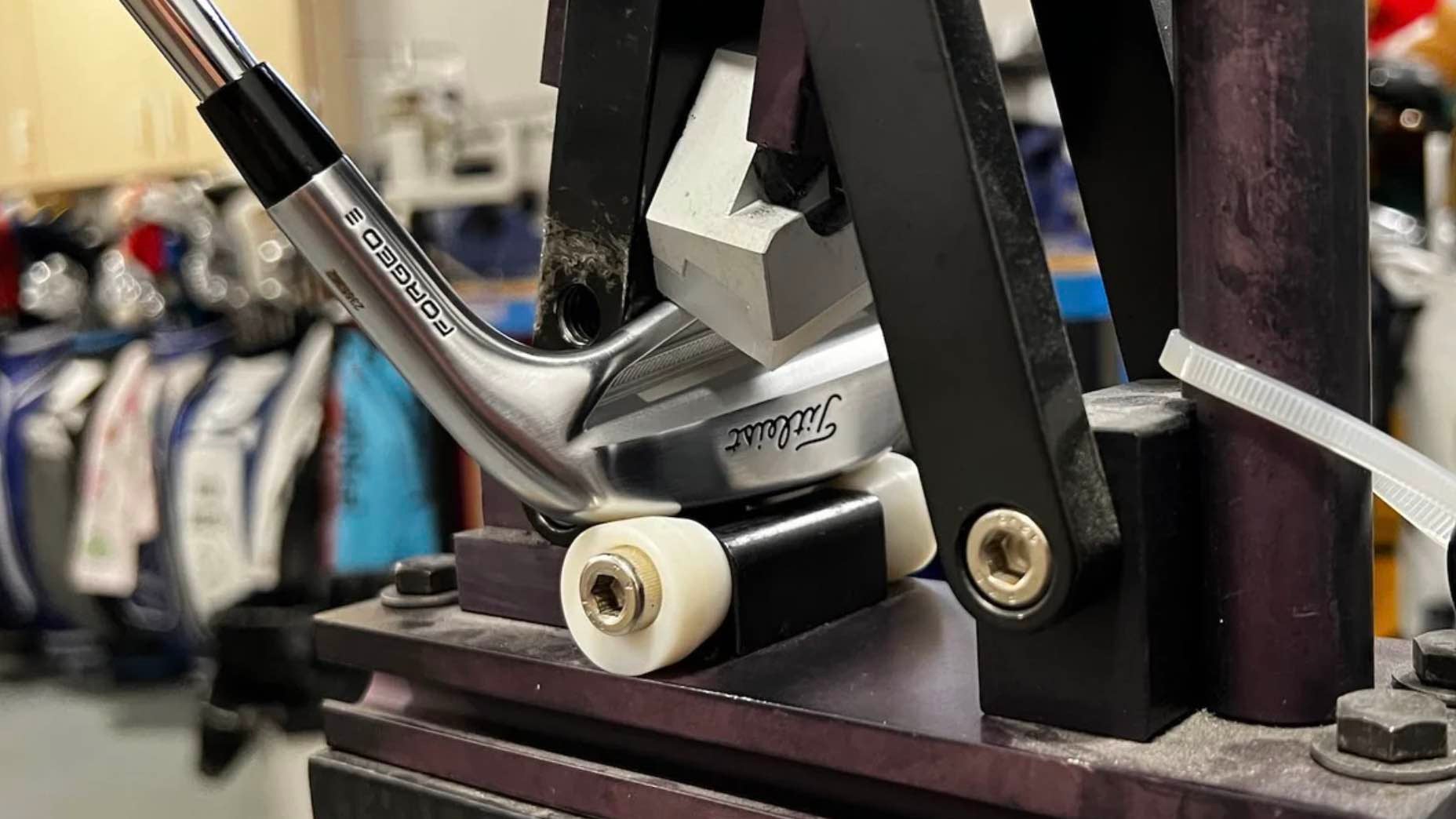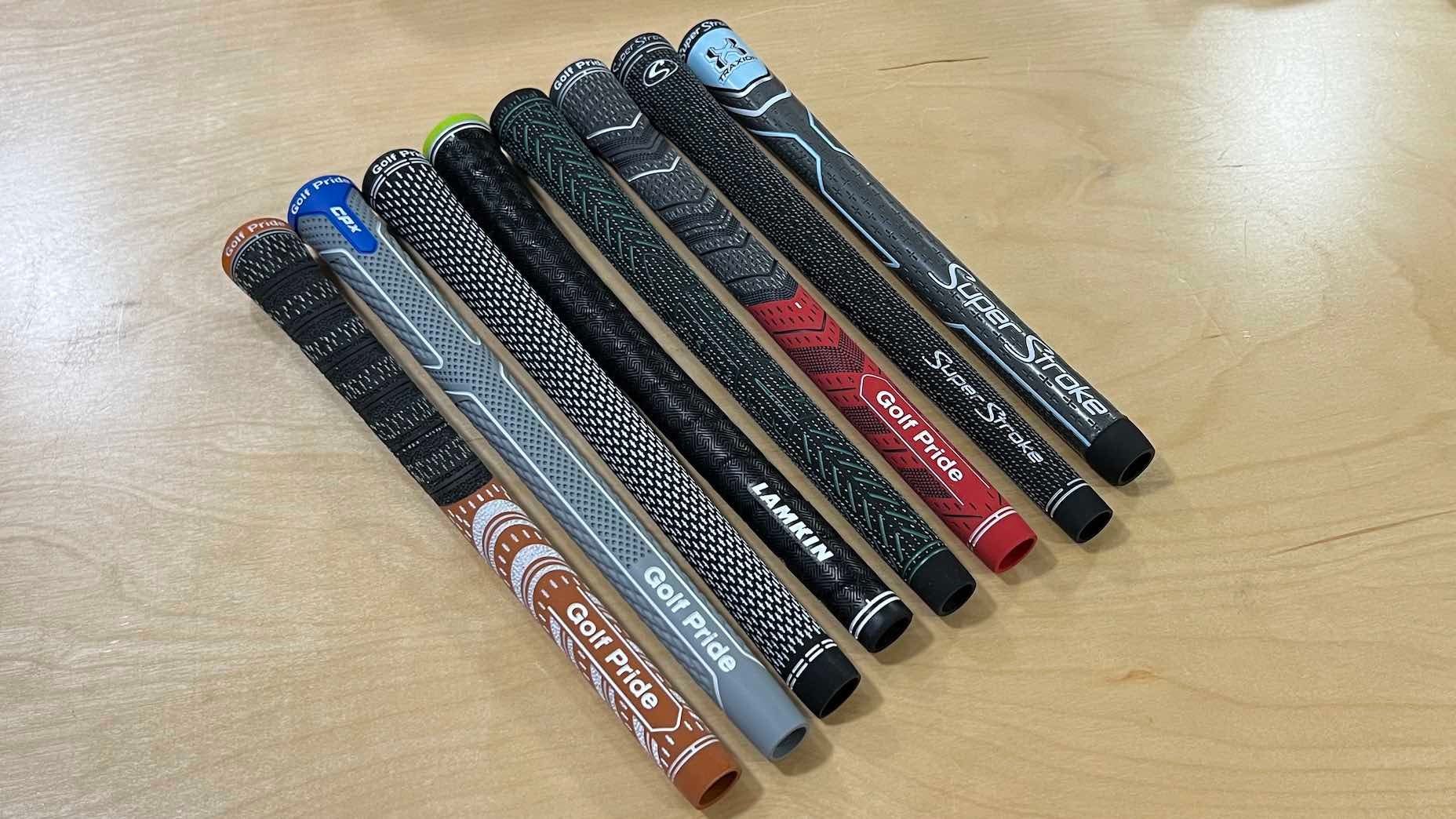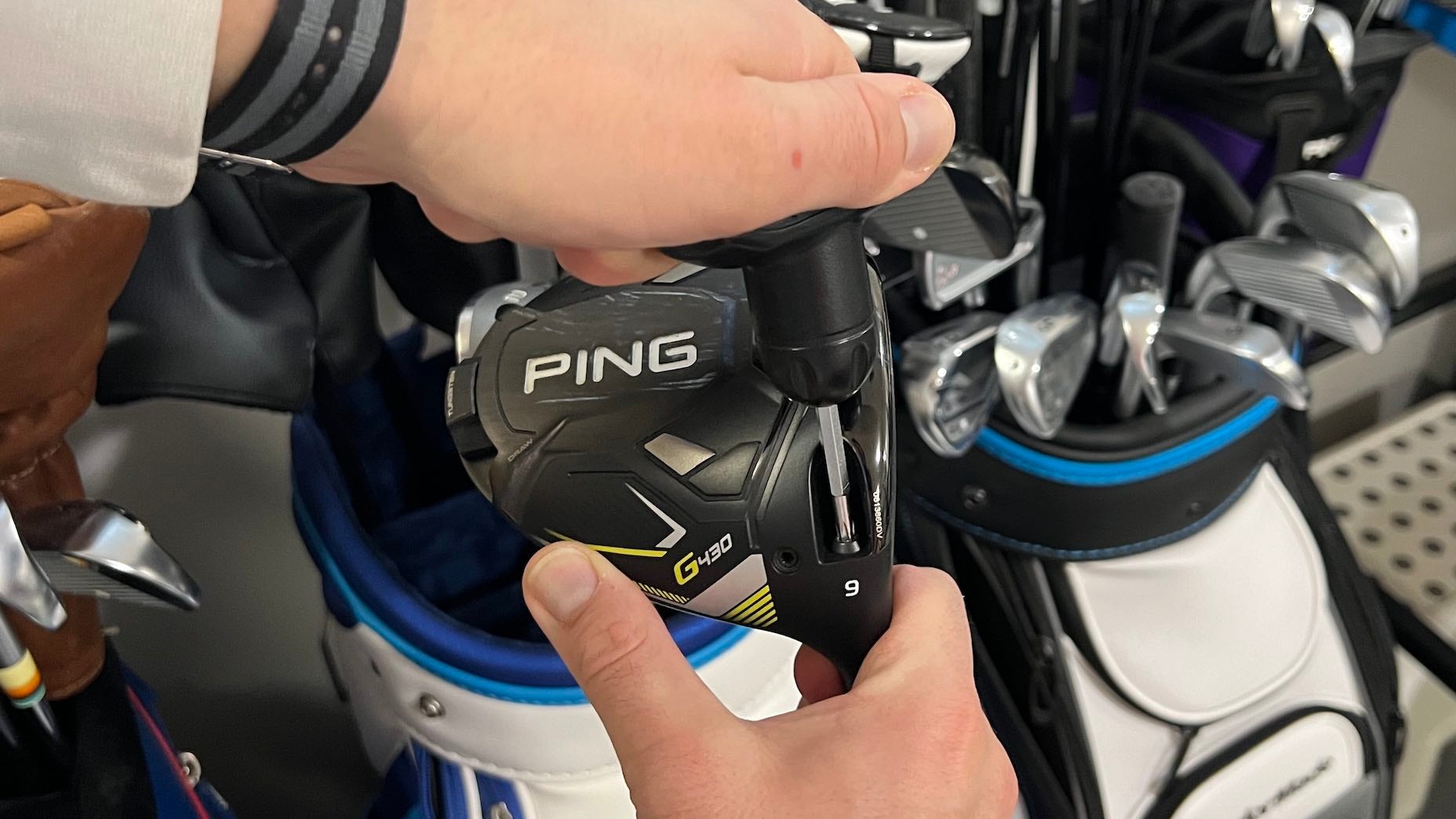
We’ve put together five of the easiest ways to make sure your golf clubs are tuned up and ready for your first round of golf in 2024.
Ryan Barath/GOLF
Spring is just around the corner, and for those of us who live in northern climates, it brings hope that the snow will soon be gone and the golf season starting soon.
But, before you dust off your gear and head to the course or the driving range for the first time in 2024, it might be a good idea to check a few things before you get there, especially if you haven’t touched your golf bag since Thanksgiving.
1. Organize your golf bag
Unless you are a golfer who prefers a smaller minimalist carry bag, there are likely a few pockets in your bag that haven’t been cleaned out in a while.
Of course, it’s always good to have a few non-golf essentials like Band-Aids or Advil, but it’s not a good idea to carry around more than you need when it comes to gloves, tees, balls or other accessories that end up rattling around at the bottom of your bag.
A new golf season is also a great reason to finally rid your golf bag of any old crusty gloves and get yourself something new — both for looks and actual traction. It’s also a great time to get a new battery for your range finder as well, because nobody wants to be the golfer who is always asking for distances.

The Prism – Pinned Golf Rangefinder
$229.99
From the six brand new colors to the many added features, The Prism is the best looking and most feature packed golf rangefinder we have ever created!
View Product
2. Check your grips
Speaking of traction, your grips are the only connection you have between you and your clubs, so they should feel comfortable and fit you properly.
Although it might not be necessary to replace your grips at the start of every season, it’s certainly worthwhile to take some time to make sure they’re clean and provide the best traction possible.
If cleaning isn’t going to be enough to bring your grips back to life, this piece is worth your time: The ultimate guide to choosing grips.

GOLF
3. Inspect for damage
If you store your clubs in the house where temperature and humidity don’t change much, you’re likely in the clear, but if you leave your clubs in a garage or crawl space, where there is more fluctuation in conditions, giving your clubs a quick inspection is a must.
Temperature changes cause materials to expand and contract. Over time that can cause issues with hosels, the point where the shaft meets the clubhead. The bond between the shaft and the clubhead is secured with epoxy, and even with modern epoxy being strong and durable, with enough exposure to the elements it can fail — and the last thing you want is to chase down a club head that came flying off.

Jonathan Wall
A sign that there might be a potential issue is if you see the ferrules on your clubs (the plastic piece between the head and the shaft) start to slide up the shaft away from the head. Although this can happen over time and have no effect on the club, it’s always good to have your clubs checked out by a professional club-builder to get a second opinion.
4. Tighten your adjustable clubs
When going through your golf bag, you’re likely to come across an adjustable wrench or two. Equipment companies give these out for a reason, so don’t be scared to use it to make sure the adapter and any adjustable settings like weights are secure.
A little extra piece of advice for those nervous about taking a wrench to their clubs for the first time: these wrenches are designed to release and click the moment you’ve reached the right amount of tightness, so you don’t have to worry about over-tightening. Just hear that click and you know it’s locked in place.

Ryan Barath/GOLF
5. Check your lofts and lies
Improper loft gaps between irons and wedges can make it a lot harder to hit the ball the distance you expect. If your lie angles get out of whack, this can also lead to poor dispersion.
Lie and loft angles aren’t going to change just because your clubs have been sitting around. But if you’ve been practicing inside off mats, there’s a good chance the force you’re inflicting on the iron head by repeatedly hitting it into a mat that’s sitting on top of concrete is going to alter how the club sits on the ground.

Ryan Barath/GOLF
Getting the loft and lie angles checked usually runs you anywhere from $5 to $8 per club, depending on the amount of work needed. It’s an inexpensive tune-up from an expert that’ll save you some headaches (and missed greens) once the season kicks into gear.
Want to overhaul your bag for 2024? Find a fitting location near you at True Spec Golf.








